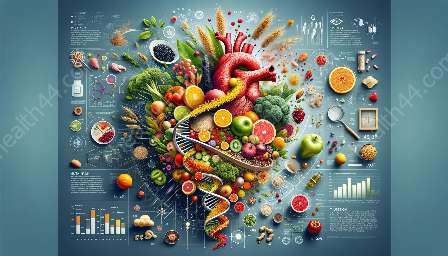Urban malnutrition is an increasingly prevalent issue that impacts the health and well-being of communities around the world. It connects deeply with the broader topics of malnutrition and nutrition, and addressing this challenge requires effective strategies and interventions.
The Complexities of Urban Malnutrition
Malnutrition in urban areas can take various forms, including undernutrition, overnutrition, and micronutrient deficiencies. These issues are often intertwined with socioeconomic disparities, limited access to nutritious foods, and unhealthy dietary patterns.
Understanding the Relationship Between Malnutrition and Nutrition
Malnutrition and nutrition are closely related concepts that encompass the intake of essential nutrients, vitamins, and minerals required for optimal health. Malnutrition occurs when the body receives an imbalance of these nutrients, leading to negative health outcomes. Nutrition, on the other hand, focuses on promoting a well-rounded diet that supports overall health and well-being.
Strategies for Addressing Urban Malnutrition
To tackle urban malnutrition, it is vital to implement comprehensive strategies that address both the immediate and underlying causes. This can involve enhancing access to affordable, nutritious foods, promoting education on healthy eating habits, and advocating for policies that support food security and nutrition initiatives.
The Role of Public Health Initiatives
Public health initiatives play a crucial role in addressing urban malnutrition. These initiatives encompass a wide range of activities, including nutrition education programs, community outreach efforts, and collaborations with local governments and stakeholders to create sustainable solutions.
Conclusion
Urban malnutrition is a multifaceted challenge that demands attention and action at various levels, from individual dietary choices to systemic interventions. By understanding the connections between malnutrition and nutrition and implementing targeted strategies, we can work towards building healthier, more nourished urban environments.


